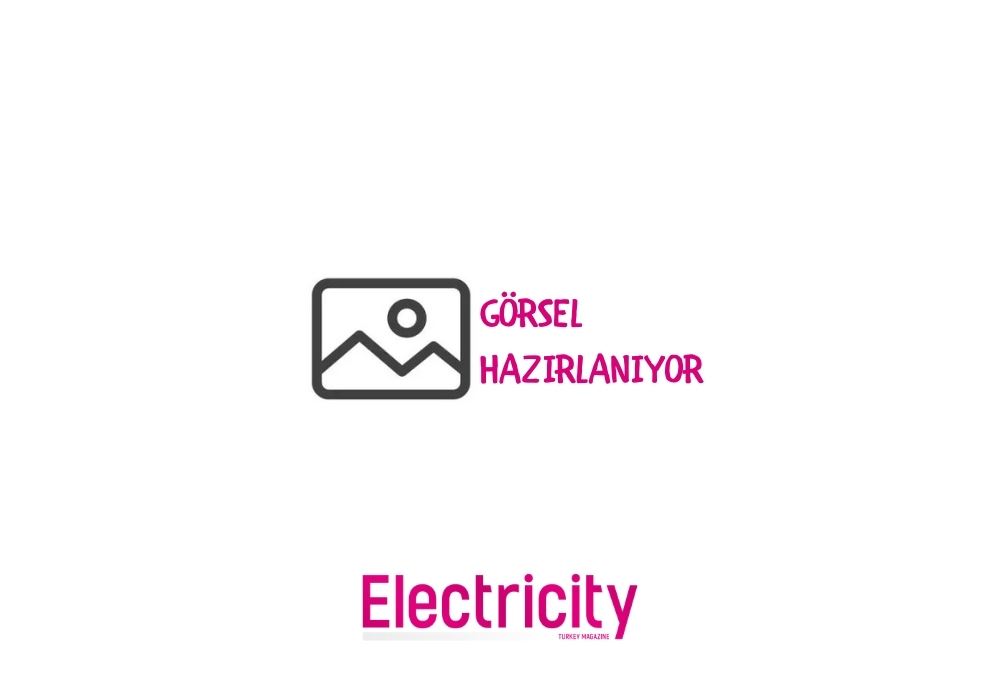

Solar Power Plant investments have become important especially in regions where sunlight radiation is intense with the decrease in component costs with the decrease in component cost and the increase in experience in the sector with the development of technology day by day. In our country, these investments manifest themselves both with private sector investments and large-scale YEKA projects. It is possible to use energy storage systems that can be integrated into these facilities in a supportive way to increase energy quality by reducing the negative impact that may occur on the network, especially on cloudy days when sunlight is intermittent.
A dense cloud blocking sunlight can cause the energy to form in the PV panel to drop to almost 90% instantaneously. By increasing the quality of renewable energy, system security can be ensured and the voltage changes that may occur can be kept within certain limits. The integration of energy storage systems into renewable energy plants will reduce dependence on conventional power plants in the future.
Increased energy production from solar power plants in the California region during the summer months, monitored power
Curve (Chart 1) has formed a structure similar to a duck. It is anticipated that this curve will become more pronounced in the coming years with the realization of potential projects. At the minimum point of the respective curve, the PV additive is maximum. For this reason, a large part of the energy is provided through solar power plants. Since the energy produced from solar energy decreases in the evening hours, the amount of power required for the system increases instantaneously. Therefore, it is necessary to support energy production quickly, especially during instantaneous peak consumption hours. The system that will meet this change the fastest is energy storage systems. Below you can see the corresponding curve.

Another example (Chart 2) is the graph representing the output power of a solar power plant in the Texas region. According to the clouding situation, energy production oscillates a lot. This system, which is integrated into the network, can disrupt the network energy quality. With the necessary active and reactive energy exchange, energy storage systems not only increase the network energy quality, but also provide the energy stored during the day to the grid regularly during the night hours.

By following the developments in the network regulation, solar power plants can participate in secondary frequency control by being included in the scope of ancillary services and contribute to the stable operation of the network and profit from this operation. At the same time, they can minimize the power increase/decrease rate imbalances in the unit minute that may occur in the system by using energy storage systems and they do not face any penalty.
The high level of solar radiation especially in the central and southern regions of our country and the significant decrease in investment costs in the last 5 years make investments feasible. In the upcoming YEKA projects, energy storage systems integration will become important for the applications mentioned above. The energy storage system contributes to the country's economy as well as being beneficial to grid stability and quality by providing energy management.